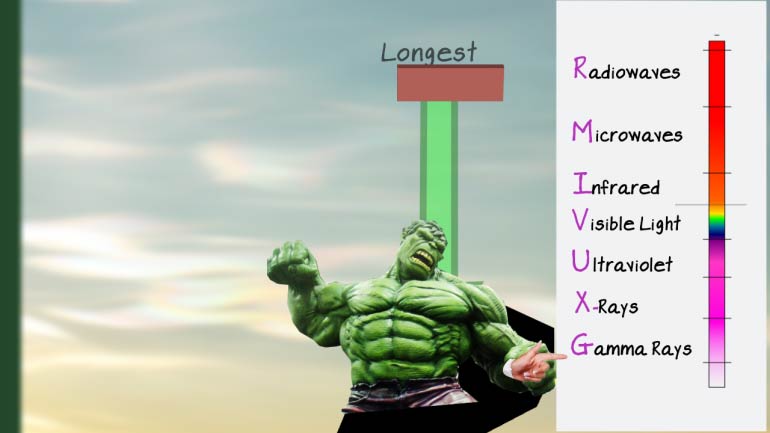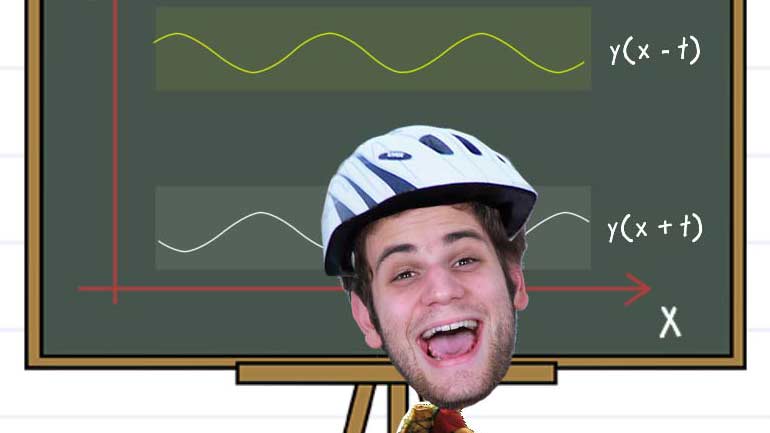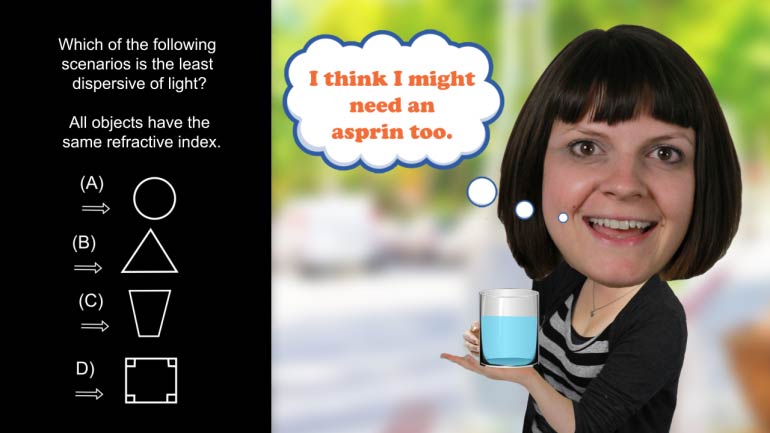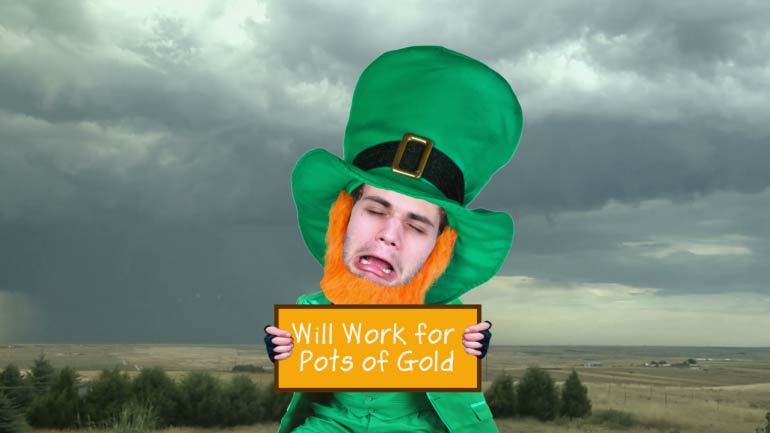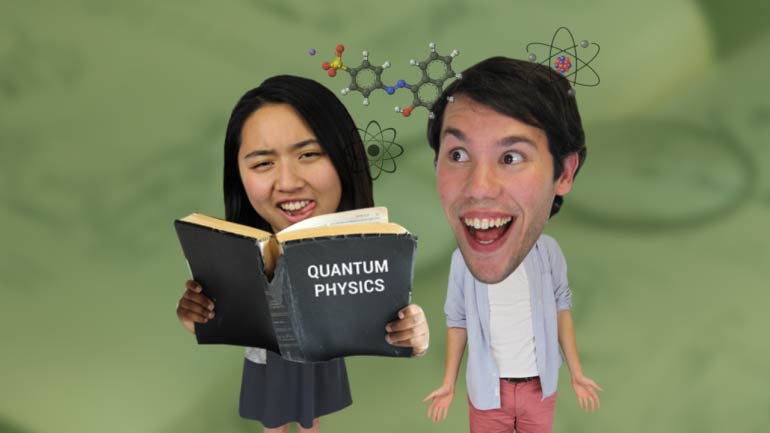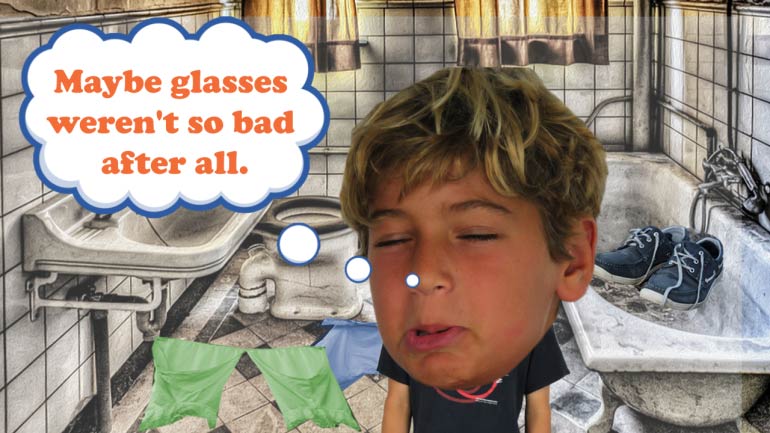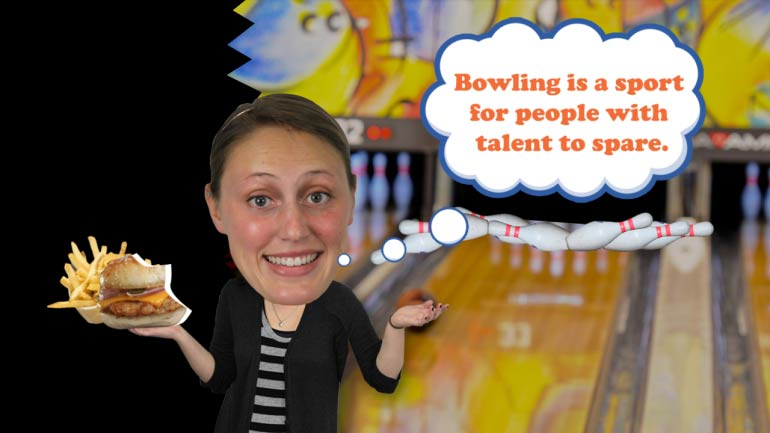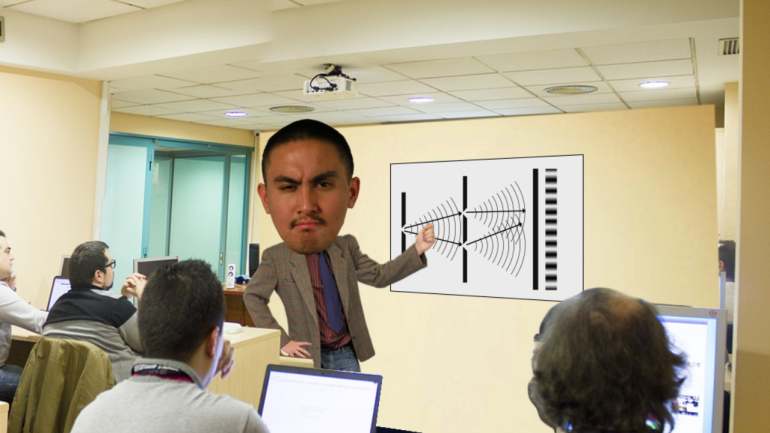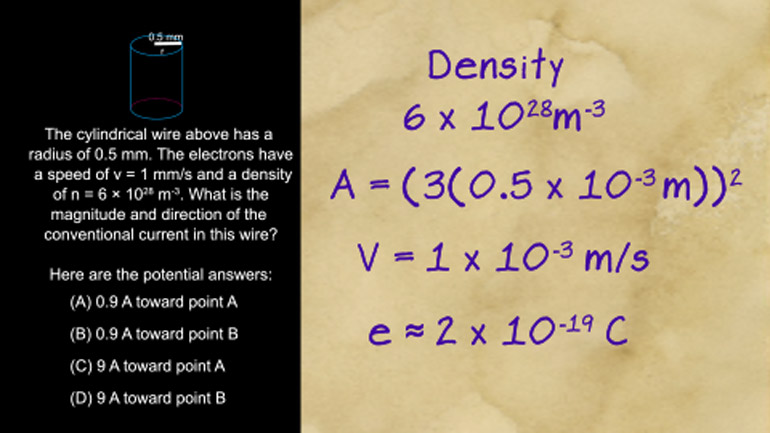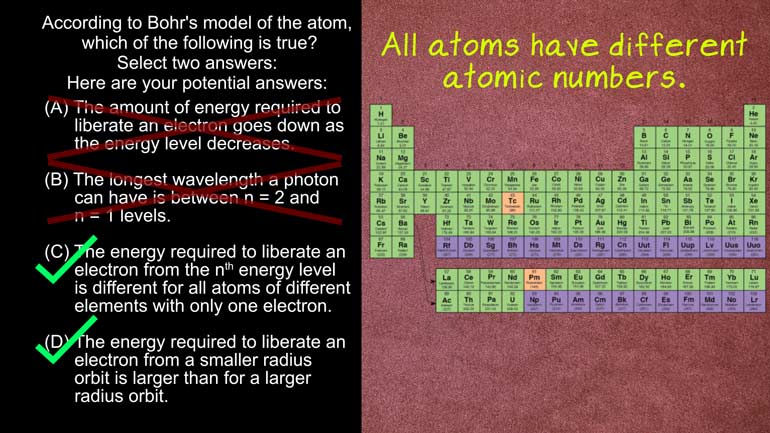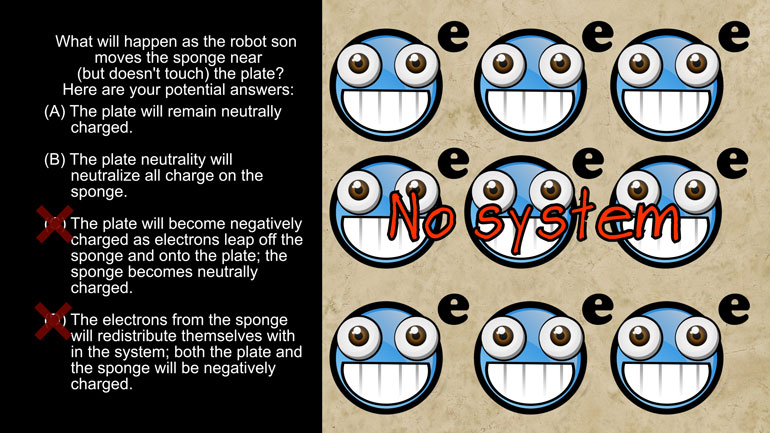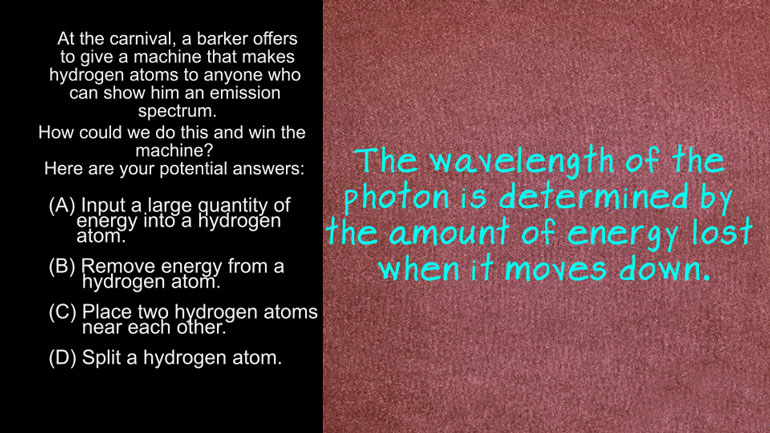ShmoopTube
Where Monty Python meets your 10th grade teacher.
Search Thousands of Shmoop Videos
Waves Videos 10 videos
AP Physics 2: 1.4 Waves. Arrange these objects and superpowers in decreasing order according to wavelength of relevant radiation.
AP Physics 2: 1.2 Waves. What is the mathematical description of the wave?
AP Physics 2: 2.2 Waves. Which of the following scenarios is the least dispersive of light?
AP Physics 2: 1.3 Waves 4 Views
Share It!
Description:
AP Physics 2: 1.3 Waves. How much farther away is the screen from the slits if the first bright fringe is now 2.2 cm from center?
Transcript
- 00:04
Here's your shmoop du jour brought to you by classes luckily we're
- 00:07
not clutches we're as graceful as a ballerina [Ballerina girl dancing]
- 00:10
well ballerina with a concussion all right mr. klutz a teacher in part-time [Ballerina falls on the floor]
- 00:15
rodeo clown sets up a demonstration of Young's double-slit experiment in class
- 00:20
it takes almost 2 hours because he keeps dropping things tripping over power [Mr Klutz drops item]
Full Transcript
- 00:25
cords and forgetting supplies and when he's finally done the fourth order
- 00:29
maximum is displayed 8 centimeters from the central bright spot just as he's
- 00:33
about to ask you students calculate something he knocks over the screen [Man knocks over screen]
- 00:36
displaying the interference pattern after a hasty restoration it appears to
- 00:41
be in a slightly different position but it's built perpendicular to the incident
- 00:44
light when the laughter subside mr. Klotz asks how much farther away is the [Students laughing and Mr Klutz asks question]
- 00:50
screen from the slit if the first bright fringe is now 2 point 2 centimeters from
- 00:55
the center and here are potential answers huh interesting question all
- 01:01
right let's got to be bad luck having with your clock is the last name it [People laughing at man]
- 01:05
would kind of determine your fate right like it's hard to imagine a CIA agent
- 01:09
named clutch or XM president clutch actually ever seen Gerald Ford now
- 01:14
professor klutz there well yeah that we can imagine okay [Professor walking on campus]
- 01:17
Young's double slit experiment helped show that light functions as a wave the
- 01:23
bright and dark spots that resulted from this experiment showed light waves
- 01:26
constructively and destructively interfering with each other
- 01:30
it helped show that light isn't a stream of particles the course later
- 01:33
experiments showed that light is a wave and is also a stream of particles but
- 01:38
let's get to this question because if we think too much about the wave particle [Girl reading book on dual nature of light]
- 01:41
duality of light our brain starts through West welcoming the pudding all
- 01:45
right there's a lot going on here so let's figure out what's important in
- 01:48
what we don't have to worry about in the double slit experiment there's a central [Double slit experiment set up appears]
- 01:52
bright spot than band of light or fringes in regular intervals or orders
- 01:57
going out from the center before mr. Klotz lived up to his name or maybe
- 02:02
that's professor klutz and not the screen over we saw that the fourth order [Man falls over]
- 02:06
maximum was 8 centimeters from the Center that means that on either side
- 02:10
from the center the fourth bright spot is eight centimeters away well after the
- 02:15
screen was set back up the first order maximum was two point two centimeters
- 02:19
from the middle point the distance of a maximum from the center equals the order [Man teaching]
- 02:24
number times the product of the wavelength and the length of the
- 02:28
distance from the slit to the screen over the distance between the two slits
- 02:33
there we go initially the equation would be for lambda L over V for the final [Equation appears on chalkboard]
- 02:38
position the equation would just be lambda L over D since we're dealing with
- 02:42
the first order maximum oh and we're using the approximate symbol because
- 02:47
when we're dealing with tiny numbers like the wavelength of light and the [Man with magnifying glass in classroom]
- 02:51
distance between the slit 8 centimeters is just too large a number to be precise
- 02:56
but it's just fine for our purposes here the only things that change in the setup
- 03:00
are the length of the distance from the slit to the screen and the order number
- 03:04
we're dealing with with a wavelength of light and the distance between the slits
- 03:08
aren't changing and like we said the bright fringe of the current regular
- 03:12
interval so if the fourth order fringe occurs at 8 centimeters the third order
- 03:16
fringe will be at 6 centimeters and the first order fringe will pop up at 2 [Order frames appear by slits]
- 03:20
centimeters which is good we like patterns we have an up randomness in
- 03:24
there live and we don't need more randomness and experiments as well well [Man drops plate]
- 03:28
looking at this is a ratio we can see that the ending length equals one point
- 03:32
one times the starting length that means to ending distance from the screen to
- 03:36
the fletcher's 10% farther than the original distance so the correct answer
- 03:41
is d and just remember science isn't always graceful and neither are
- 03:45
scientist Isaac Newton was always getting hit in the head after all that [Isaac Newton reading book and apple lands on head]
- 03:50
but then again Einstein helped create the art form we [Einstein dancing]
- 03:53
now call breakdancing
Related Videos
AP Physics 2: 1.1 Properties of Objects and Systems. What is the magnitude and direction of the conventional current in this wire?
AP Physics 2: 1.5 Properties of Objects and Systems. According to the Bohr's model of the atom, which of the following are true?
AP Physics 2: 2.2 Properties of Objects and Systems. What will happen as the robot son moves the sponge near (but doesn't touch) the plate?
AP Physics 2: 2.4 Properties of Objects and Systems. How could you show the carnival barker an emission spectrum?
